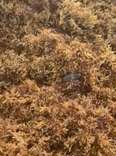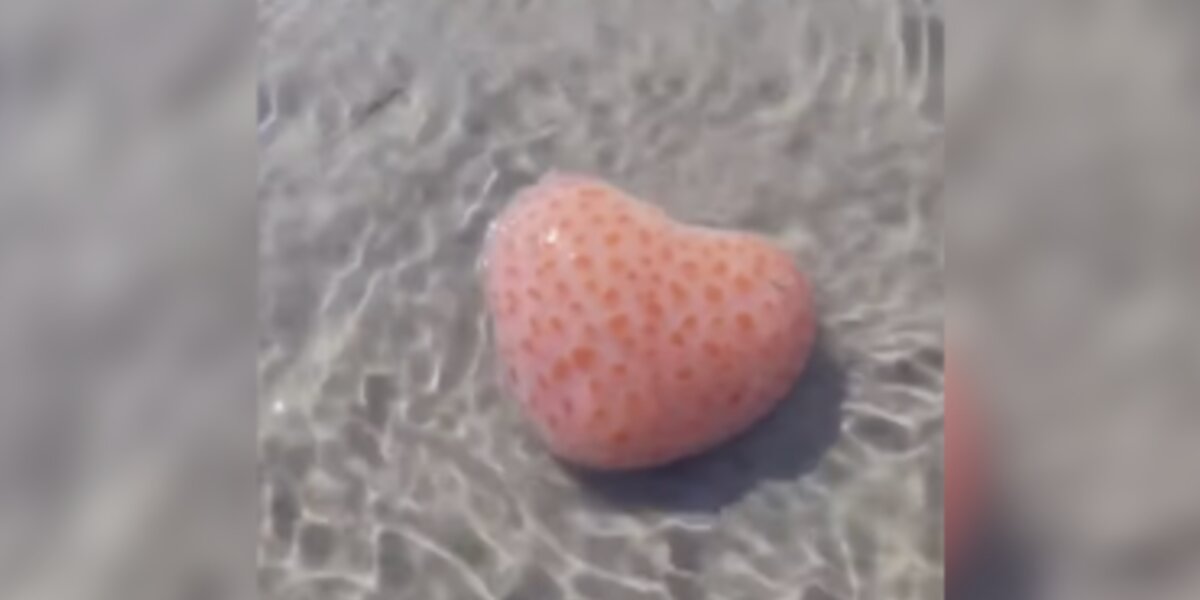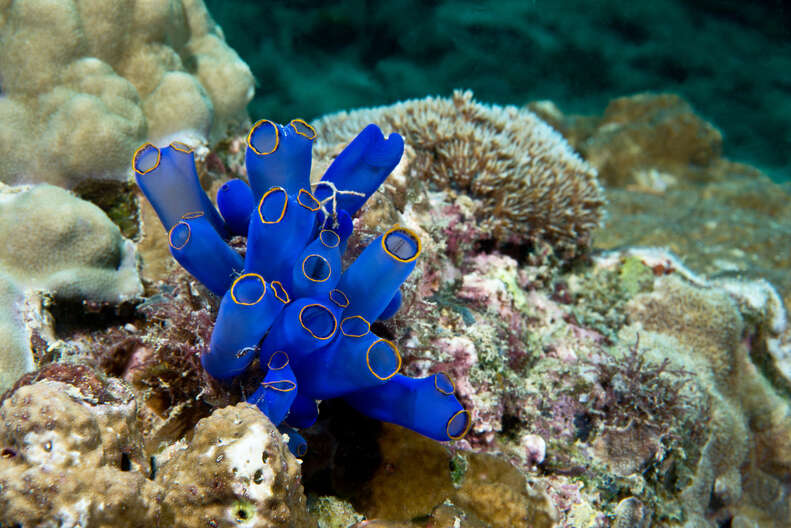A few months ago, a woman was walking along the beach when she noticed a heart-shaped blob sitting in the shallow water. At first, she had no idea what it was — she’d never seen anything like it before.
The woman sent a video of the mystery animal to Jillian Daly, a marine science communicator who shares videos about ocean invertebrates on her Instagram. As soon as Daly saw the woman’s video, she knew exactly who it was: a sea pork.
Sea porks are a species of tunicate, a common type of ocean-dwelling invertebrate. While there are over 3,000 species of tunicates, many people have never heard of them before.
“Tunicates are marine filter feeders whose bodies are basically sacks or tubes that draw in and expel water, thereby snagging tiny particles of floating stuff to eat,” the Santa Barbara Museum of Natural History wrote on their website.
According to Daly, you might have come across a tunicate before and just not realized it.
“You often find them washed up on the beach after storms,” Daly explained on Instagram.
The word “tunicate” is derived from the word “tunic,” which was how the person who named them first described their exoskeletons. Among the thousands of species of tunicates, the appearance of their exoskeletons varies widely, earning them a wide variety of nicknames, including sea tulip, sea pineapple, sea liver and … sea pork.
But why was the sea pork the woman came across in the shape of a heart? Because tunicates are invertebrates, they can take on different forms. Sometimes they look elongated, sometimes they look like blobs, and sometimes they have a more defined structure, like a heart shape.
As strange as tunicates may seem, they’re actually not as different from humans as one might expect. Although they’re invertebrates, during their larval stage, they have a structure that’s similar to a spine, which makes them our closest invertebrate relatives — closer than butterflies, crabs and even octopuses.
“By far the wackiest fact about tunicates is that of all marine invertebrates, they are the most closely related to humans and other vertebrates,” the Santa Barbara Museum of Natural History wrote.
Next time you’re on the beach, keep your eyes peeled for washed-up sea pork. If you get really lucky, you might even find one in the shape of a heart.
 Woman Spots Tiny Blob Buried In Seaweed And Ends Up Saving A Life“Something told me to turn around …”
Woman Spots Tiny Blob Buried In Seaweed And Ends Up Saving A Life“Something told me to turn around …”

